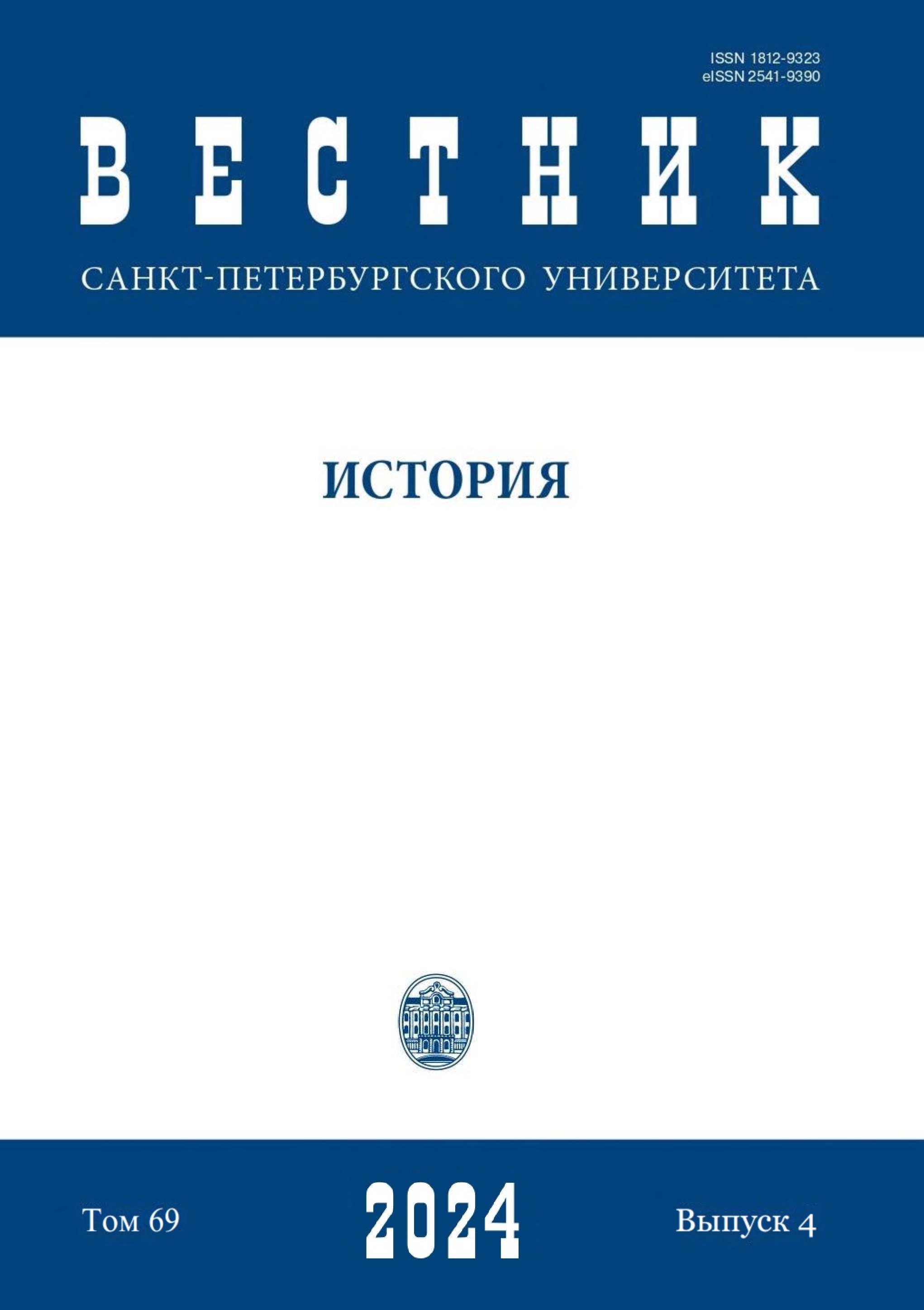Manuscript Maps of Siberia by Captive Captain Tabbert (von Strahlenberg)
DOI:
https://doi.org/10.21638/spbu02.2024.409Abstract
Based on the analysis of published documents and materials, the article examines the history of the creation of three versions of maps of the Siberia, made in 1713–1718 in Tobolsk by а captive captain of the Swedish army Philip Johann Tabbert (von Strahlenberg). He is known primarily as the author of the map of Great Tataria, published in 1730. His cartographic works from the period of Siberian captivity have not previously been the subject of a specialized study. The purpose of the article is to systematize and summarize the published materials on the fate of manuscript maps of Siberia, created by Tabbert in Tobolsk, as well as clarify the chronology of the creation of these drawings. The Swedish officer became the first Western European explorer who worked on a geographical map of Siberia while living in this region. Tabbert created geographic maps on a mathematical basis. He was the first to apply a new method of map-making — the conversion of Russian versts into miles and degrees. New maps of Siberia created in Europe are based on previous publications. Tabbert broke with this tradition and created his maps based solely from local material, which he collected with amazing persistence. None of three Tobolsk maps survive. However, the evidence presented in our article allows us to characterize these works. The original data collected in Siberia allowed Tabbert von Strahlenberg, after his return to Sweden, to prepare the fourth version of his map, which immortalized his name in the history of Russian cartography.
Keywords:
history of Siberian cartography, captive Swedes, Tabbert-Strahlenberg, mathematical cartography, first quarter of the 18th century
Downloads
References
Downloads
Published
How to Cite
Issue
Section
License
Articles of "Vestnik of Saint Petersburg University. History" are open access distributed under the terms of the License Agreement with Saint Petersburg State University, which permits to the authors unrestricted distribution and self-archiving free of charge.





